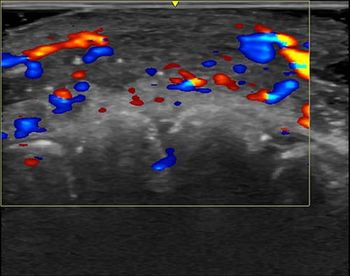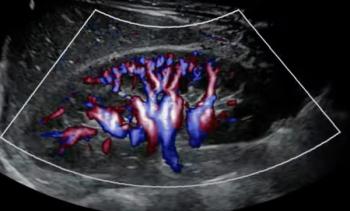
Making Mammography Recall Letters Easier-to-Understand Brings More Women Back for Follow-Up
Improving the readability of mammography recall letters prompted a nearly two-fold increase in the likelihood women will return for subsequent imaging.
Making it easier for patients to understand mammography recall letters can significantly improve how many women return in a timely manner for follow-up imaging.
These letters play a critical role in prompting many women to return for the supplemental breast imaging they need when their initial screenings reveal abnormal findings. However, in many instances, the letters contain confusing or unclear language.
To improve patient response to these communications, in 2019, investigators from Johns Hopkins Medicine revised the letter it sends to women who have suspicious findings. As a result, the team, led by Emily Ambinder, M.D., assistant professor of radiology and radiological sciences, determined that, not only did more patients understand the letters, but there was also a nearly two-fold increase in the likelihood they would participate in follow-up imaging.
The team published their results in the July 29
“The importance of written patient communication comprehension has increased as many patients are choosing to take more active roles in their healthcare,” Ambinder wrote. “To maximize the efficacy of screening mammography recall lay letters, patients need to both understand and comply with timely follow-up recommendations in order to increase the likelihood of early breast cancer detection by screening mammography.”
Currently, the Mammography Quality Standards Act requires that providers send recall letters to patients within 30 days of an initial exam. The goal is that patients will be able to easily understand these written communications. In fact, the Centers for Disease Control & Prevention and the National Institutes of Health recommend they be written at no more than an 8th-grade level.
Related Content:
To reach the goal of improving patient behavior, the Johns Hopkins team edited its recall letter to read at a 6th-grade level. As a result, the team saw an increase from 90.1 percent to 93.9 percent in follow-ups within 60 days. And, after controlling for imaging site, the team calculated that the letter improvements resulted in a 1.78-fold increase in the likelihood that a patient will return for additional imaging.
“Revising our institution’s recall lay letter to a lower reading grade level significantly improved timely patient follow-up in the setting of abnormal results on screening mammography,” the team wrote. “We hope that this follow-up study will solidify the importance of appropriate readability of written patient communication and potentially modify recall lay letters currently being used by other breast imaging practices.”
For the data comparison, the team concentrated on BI-RADS category 0 assessments made between February 2018 and 2019, as well as those captured from February 2019 to 2020 after the letters were edited. All total, 1,987 women received the original letter, and 2,211 received the revised communication.
Alongside the increased participation in follow-up imaging, the investigators also made several other revelations about the impact of these revised letters. Based on the intervention outcomes, they found black women, patients who have Medicare or Medicaid insurance, and those who live in the top 15 percent of disadvantaged neighborhoods were substantially more likely to adhere to follow-up imaging recommendations. Still, they were less likely to do so in a timely manner when compared to white women, patients with private insurance, or patients who came from wealthier areas.
These results, the team said, highlighted the need for addressing the existing healthcare and educational disparities that serve as barriers to care. Additional research is needed to identify ways to overcome those obstacles, they said.
Newsletter
Stay at the forefront of radiology with the Diagnostic Imaging newsletter, delivering the latest news, clinical insights, and imaging advancements for today’s radiologists.




























